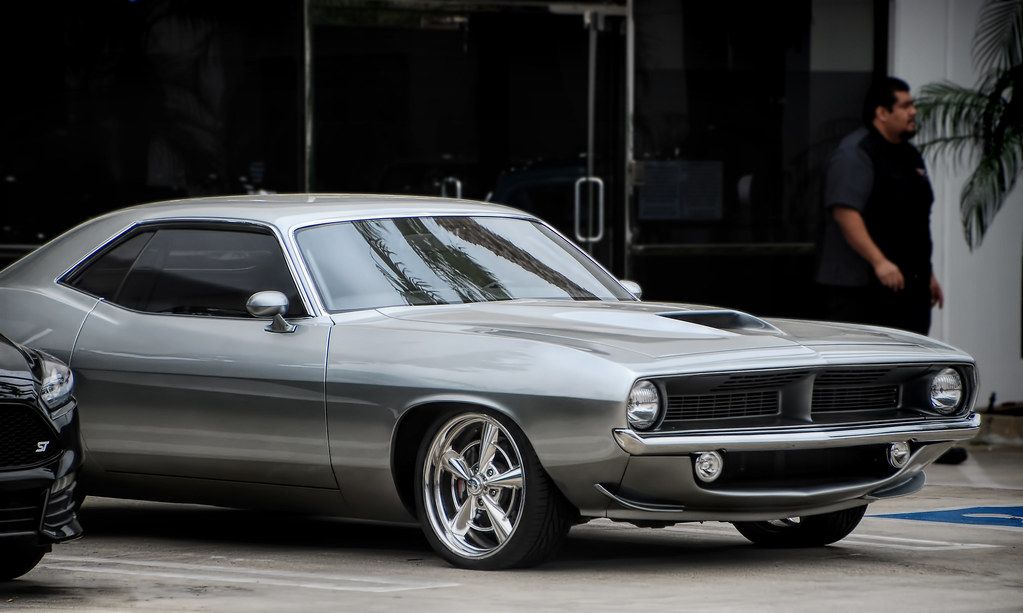
The used car dealership industry, while perennially popular and seemingly robust, is a fiercely competitive landscape where success is far from guaranteed. Many entrepreneurs and established businesses alike find themselves navigating a challenging terrain fraught with pitfalls that can lead to rapid decline and ultimate failure. Understanding the underlying reasons for these downfalls is not just a matter of curiosity; it’s a critical imperative for anyone looking to enter, manage, or revitalize a used car dealership.
From the critical juncture of initial customer interaction to the intricacies of inventory management and market positioning, the factors contributing to business failure are diverse and often interconnected. Dealerships that neglect these crucial areas risk alienating potential buyers, incurring significant financial losses, and damaging their long-term viability in a market that demands constant adaptation and unwavering commitment to customer satisfaction. Recognizing these vulnerabilities early can be the difference between thriving and going out of business.
This in-depth analysis will meticulously break down 13 of the most common reasons why used car dealerships go out of business, drawing directly from industry insights and expert observations. By examining these core issues—ranging from a compromised reputation and inadequate vehicle preparation to inefficient sales processes and a failure to adapt to evolving market demands—we aim to provide actionable insights for industry professionals. Our goal is to illuminate the path to sustainable success in this dynamic sector.
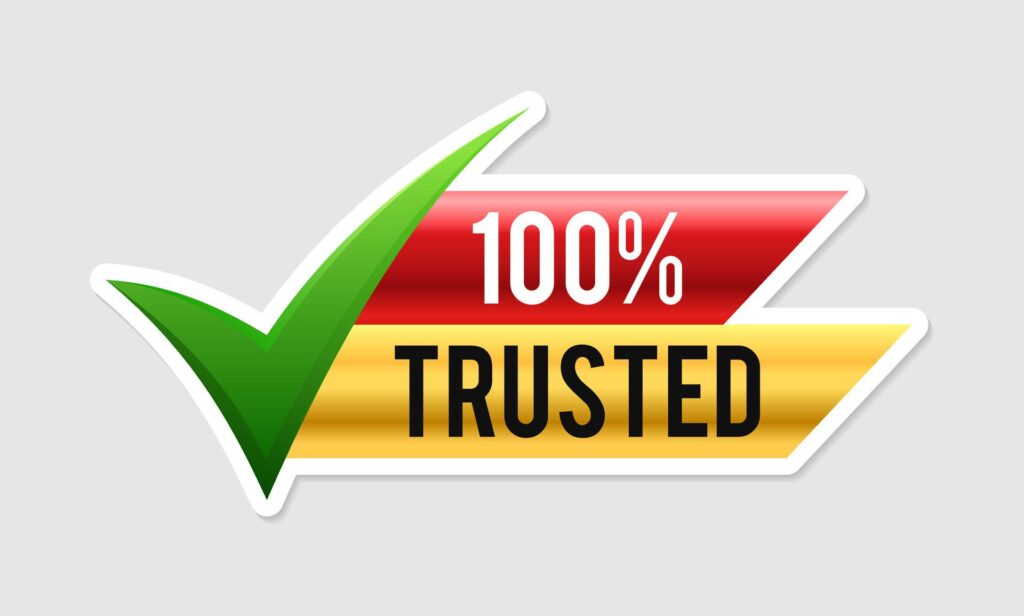
1. Poor Reputation and Lack of Trust
One of the most significant hurdles for any used car dealership, and a primary driver of failure, is a poor reputation and a pervasive lack of trust among consumers. The industry has unfortunately been plagued by negative perceptions stemming from past experiences with dishonest sales practices, undisclosed vehicle issues, and a general feeling of opacity. This historical baggage makes it incredibly difficult for new and existing dealerships to build a foundation of reliability and integrity.
When customers perceive that they cannot trust a dealership to provide accurate information about the vehicles they are considering, they are naturally less inclined to make a purchase. This reluctance translates directly into decreased sales, eroding the dealership’s revenue stream and making long-term survival precarious. In a market where personal referrals and word-of-mouth still hold considerable sway, a damaged reputation can quickly spread, creating a toxic environment that repels potential buyers.
To counter this, dealerships must proactively build a positive reputation and establish trust through absolute transparency in all dealings. This includes providing accurate information about vehicle history and condition, offering fair pricing, and maintaining honesty in customer interactions at all times. Prioritizing customer satisfaction and consistently demonstrating integrity are essential steps to differentiate a dealership and cultivate a loyal customer base that will underpin its success.
Read more about: The Forgotten Challengers: 6 ’90s Sedans That Crashed and Burned Against BMW’s Dominance

2. Inadequate Vehicle Inspection and Certification
Another critical reason for the failure of used car dealerships stems from inadequate vehicle inspection and certification processes. Consumers seeking used vehicles are primarily concerned with quality and reliability; without a robust system to ensure these, dealerships risk selling cars with hidden issues or undisclosed problems. This oversight directly leads to dissatisfied customers and a severely damaged reputation, which is incredibly difficult to repair.
Dealerships that skip thorough inspections may inadvertently sell vehicles with underlying mechanical issues, serious safety concerns, or a questionable history. Such sales inevitably result in customers facing unexpected breakdowns, expensive repairs, or even safety hazards, leading to a profound loss of trust. Once trust is broken, customers are unlikely to return for future purchases or recommend the dealership, effectively cutting off vital repeat business and referral channels.
Furthermore, a lack of comprehensive inspection and certification can lead to inaccurate vehicle pricing. Without a clear understanding of a car’s true condition, dealerships might overprice or underprice vehicles, making customers feel as though they are not receiving a fair deal. Implementing a rigorous inspection and certification process, alongside transparent reporting of findings and any necessary repairs, is crucial. This instills confidence in customers, allowing the dealership to stand out in a crowded market by guaranteeing a trustworthy buying experience.
Read more about: Unmasking the True Cost: 12 Hidden Expenses Dealerships Won’t Tell You About Electric Vehicles

3. Insufficient Customer Service and Support
In the highly competitive market for pre-owned vehicles, insufficient customer service and support represent a significant vulnerability for dealerships. Providing exceptional customer service is paramount for building trust and fostering loyalty with buyers. Unfortunately, many used car dealerships fall short in this area, leading to widespread customer dissatisfaction and, ultimately, a discernible decline in business viability.
Customers in the market for a used car often have unique needs and concerns, requiring personalized attention and expert guidance. Without adequate support, buyers can feel overwhelmed by the selection process, uncertain about vehicle histories, and ill-equipped to make an informed decision. This lack of assistance leaves them feeling unsupported, making them less likely to complete a purchase and more inclined to seek alternatives elsewhere.
Beyond the initial sale, customer service extends to crucial post-sale support and maintenance. Many dealerships fail to follow up with customers after a purchase, leaving buyers feeling abandoned if issues arise with their vehicle. Businesses like Auto Relics Revived (ARR) demonstrate a superior approach by offering comprehensive warranties and return policies, ensuring ongoing support. This commitment to customer satisfaction after the sale not only builds long-lasting relationships but also garners invaluable positive word-of-mouth.
Read more about: Buyer Beware! Is Your Fitness Tracker Refusing to Charge? 15 Fixes Before You Toss It!
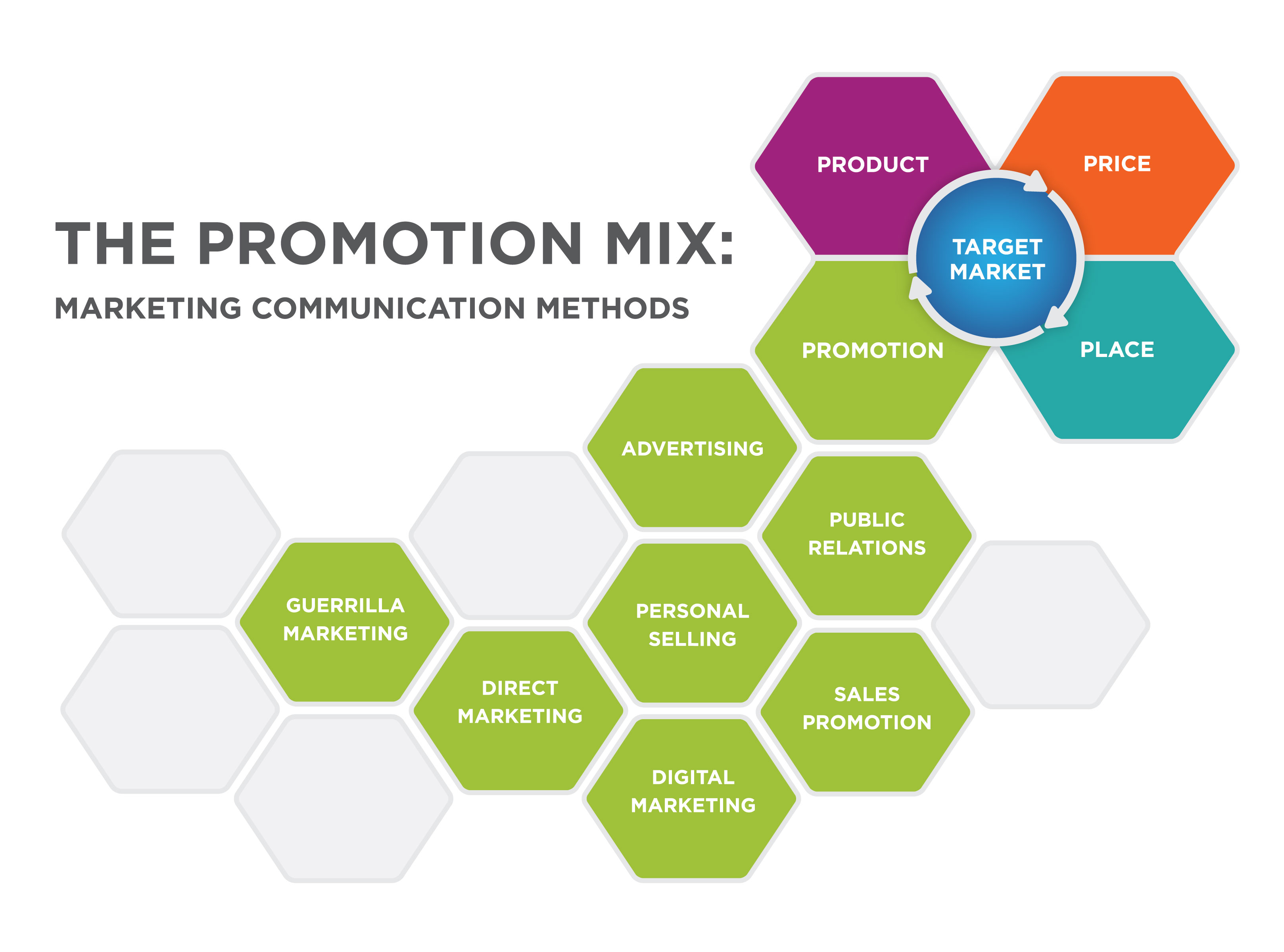
4. Ineffective Marketing and Advertising Strategies
One of the key reasons why used car dealership businesses often fail is the deployment of ineffective marketing and advertising strategies. In today’s saturated market, merely possessing a strong product or service is insufficient to attract and retain customers. It is absolutely essential for businesses to strategically promote their offerings to reach their target audience, engage them effectively, and ultimately drive sales and sustain growth.
Many dealerships struggle because they either fail to invest in strategic marketing or rely on outdated methods that no longer resonate with contemporary consumers. A significant oversight is the lack of a robust online presence; in the digital age, dealerships without user-friendly websites, active social media profiles, or engaging online advertising miss out on a vast segment of potential buyers. The modern car buyer begins their journey online, and without a digital storefront, a dealership is effectively invisible.
Furthermore, a failure to accurately target the right audience means resources are wasted on campaigns that don’t connect with potential buyers, leading to poor returns on investment. Poor branding and inconsistent messaging also hinder success, as customers struggle to identify the dealership’s unique value proposition. Critically, underestimating the power of online customer reviews and social proof can be fatal; neglecting to manage online reputation and encourage positive feedback means losing out on crucial social validation that drives purchasing decisions.

5. Limited Inventory Variety and Quality
A significant factor contributing to the failure of used car dealership businesses is a limited inventory variety and compromised quality of vehicles offered to customers. When potential buyers visit a dealership, they expect to encounter a broad selection of vehicles, encompassing diverse makes, models, and price points. A restricted inventory with few options can make customers feel constrained in their choices, making it difficult to find a vehicle that genuinely aligns with their specific needs and preferences.
Equally, if not more, important is the quality of the available inventory. Customers are consistently seeking a used car that is reliable, well-maintained, and free from any significant issues. If a dealership’s stock predominantly features vehicles with questionable histories, undisclosed problems, or poor maintenance records, customers will understandably be hesitant to make a purchase. This pervasive lack of rigorous quality control directly erodes customer trust and inevitably leads to a substantial loss of business.
To counteract this, it is imperative for used car dealerships to prioritize offering a diverse and high-quality inventory. Providing a wide array of options that cater to different budgets and preferences not only attracts a broader customer base but also significantly increases the likelihood of successful sales. Implementing stringent inspection processes and maintenance standards ensures that all vehicles meet high-quality benchmarks, fostering customer satisfaction and generating valuable repeat business and positive referrals.
Read more about: The DIYer’s Essential Guide: Unlocking Savings and Success with Used Car Parts

6. High Pricing and Hidden Fees
One of the primary reasons for the failure of used car dealership businesses is the persistent issue of high pricing combined with opaque, hidden fees. Many customers approach the purchase of a used car with a degree of apprehension due largely to the uncertainty surrounding the final cost of the vehicle. When dealerships fail to be upfront about pricing and instead burden customers with undisclosed charges, it inevitably leads to a severe lack of trust and profound dissatisfaction among buyers.
Customers often feel deceived and misled when they discover additional charges that were not explicitly communicated upfront. This practice cultivates a negative perception of the dealership and, indeed, the entire car-buying experience, making repeat business and positive referrals highly unlikely. Beyond the ethical implications, excessively high pricing can also deter potential buyers, especially those operating on a strict budget or those simply seeking a fair deal on a dependable used car.
For forward-thinking dealerships like Auto Relics Revived (ARR), addressing the challenge of high pricing and hidden fees is paramount for sustained success. By adopting a transparent pricing strategy that clearly outlines all costs associated with a vehicle purchase, ARR can build invaluable trust with customers and effectively distinguish itself from less scrupulous competitors. Offering competitive pricing and being entirely upfront about any additional fees ensures a positive buying experience, encouraging customer loyalty and invaluable word-of-mouth promotion.
Read more about: Unmasking the Discount Deception: Your Essential Guide to Fair Pricing and Service Rights

7. Lack of Transparency in Vehicle History
Another critical factor contributing to the failure of used car dealerships is a significant lack of transparency regarding vehicle history. When customers embark on the journey of purchasing a pre-owned vehicle, they naturally seek comprehensive information about the car they are considering. This crucial data includes details about previous accidents, a complete record of maintenance, the vehicle’s title status, and any other relevant specifics that could impact its performance, safety, and long-term value.
Without readily accessible access to this vital information, customers are understandably hesitant to commit to a purchase, often fearing they might be acquiring a car with latent issues or a questionable past. This pervasive lack of transparency breeds distrust between the dealership and the potential buyer, ultimately resulting in lost sales opportunities and a severely tarnished reputation within the community. In an age of information, withholding such critical data is a recipe for business decline.
At Auto Relics Revived (ARR), the importance of transparency in the used car buying process is fully recognized, leading to a thorough vetting process for every vehicle in their inventory. Each car undergoes a comprehensive history check, providing customers with detailed reports on past accidents, maintenance, and title status. This commitment, coupled with certified mechanical inspections, ensures that every vehicle meets high standards of quality and performance. Such dedication to transparency not only sets a dealership apart but also provides customers with the peace of mind necessary to make a confident and informed purchase, securing the business’s long-term success.
Read more about: Beyond the Red Carpet: Unpacking Celebrity Endorsements in the Automotive Industry and the Brands Forging Their Own Path

8. Poor Location and Facility Presentation
A dealership’s physical location is a crucial determinant of its success, playing a significant role in attracting customers and establishing credibility within the market. When a used car dealership is situated in a remote or otherwise undesirable area, it often struggles to generate sufficient foot traffic and draw in potential buyers, severely limiting its customer reach. This lack of visibility can be a profound disadvantage in a competitive industry where accessibility and prime placement are key to initial customer engagement.
Beyond location, the appearance and overall presentation of the facility are equally vital in shaping customer perception. A dealership that is well-maintained, clean, and organized projects an image of professionalism and reliability. Conversely, a run-down or unprofessional-looking facility can immediately deter potential customers, suggesting a lack of care or attention to detail in the business operations themselves.
In the fiercely competitive used car market, where building trust and ensuring transparency are paramount, the overall impression created by a dealership’s location and facility presentation can fundamentally make or break its success. Customers are far more inclined to trust and feel comfortable purchasing from an establishment that presents itself as reputable and well-managed.
Furthermore, a suboptimal location can significantly limit visibility and accessibility, making it challenging for customers to find or visit the dealership with ease. While online research and reviews heavily influence modern purchasing decisions, a dealership’s physical presence still holds considerable importance. A prime location with high visibility can notably increase walk-in traffic and drive sales, whereas a poorly located or hidden dealership may struggle to generate the necessary customer flow to sustain its operations.
Read more about: Investment Guide: The 14 Classic Cars That Have Consistently Appreciated by Over 50% in the Last Decade
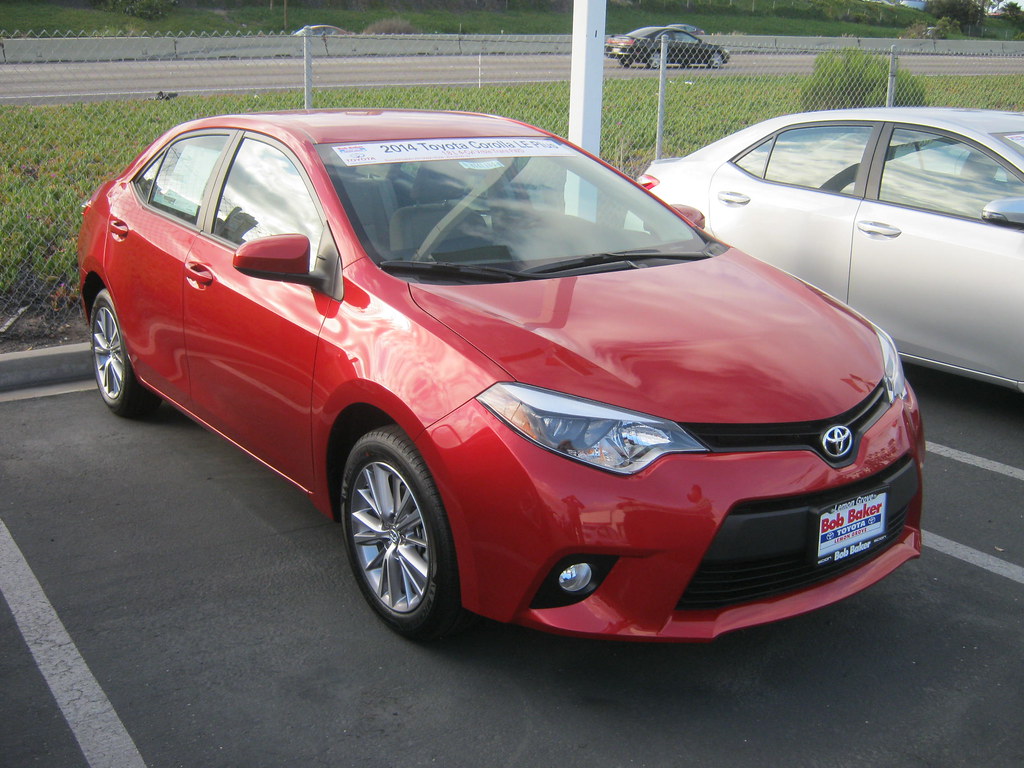
9. Inefficient Sales and Business Operations
One of the most significant contributors to the failure of used car dealerships stems from inefficient sales and overall business operations. In the highly competitive automotive industry, the implementation of streamlined and effective operational processes is absolutely essential for achieving sustained success. When a dealership fails to optimize its sales procedures and broader business functions, it inevitably leads to a variety of issues that negatively impact the bottom line and jeopardize its viability.
A critical area of inefficiency often lies in the lack of proper training for sales staff. Without comprehensive training, sales personnel may struggle to effectively communicate with customers, accurately understand their specific needs, and skillfully close deals. This deficiency directly translates into lost sales opportunities and a decline in overall customer satisfaction, both of which erode a dealership’s profitability.
Poor inventory management represents another common operational pitfall. Inefficient inventory practices can result in either an overstocking or an understocking of vehicles, both of which can severely impact cash flow and profitability. An imbalance in inventory also creates a mismatch between what customers demand and what is readily available, leading to missed sales and customer frustration.
Moreover, the deployment of ineffective marketing strategies can significantly hinder a dealership’s sales performance. If marketing efforts fail to effectively reach the intended target audience or are not compelling enough to drive traffic to the showroom, it directly results in decreased sales and revenue. This highlights the necessity of finely tuned marketing approaches that resonate with potential buyers.
Slow response times in today’s rapid digital environment also contribute to operational inefficiency. Customers expect prompt replies to their inquiries and requests, and any significant delays can lead to lost leads and the disengagement of potential customers. Coupled with high operating costs, which inefficient business practices can inflate, these factors collectively reduce profit margins, making it challenging for a dealership to maintain competitive pricing and offer attractive deals to its customer base. Addressing these operational inefficiencies and proactively implementing strategies to enhance sales and business operations is therefore crucial for the long-term success of any used car dealership.
Read more about: 15 Vehicles Millennials Are Steering Clear Of: Unpacking the Generational Divide in Automotive Appreciation
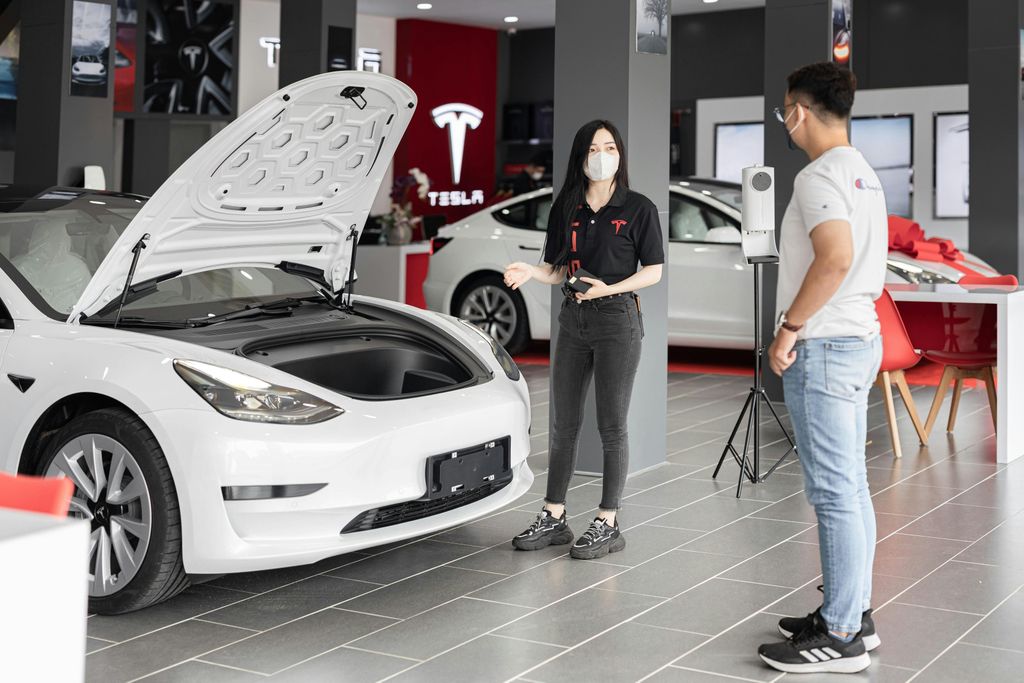
10. Stiff Competition Among Auto-Dealers
The used car market is characterized by intense competition, posing a constant threat to dealerships that fail to differentiate themselves effectively. With over 1.1 million employees in franchised car dealerships alone in the U.S., not accounting for the substantial number in used car dealerships, the sheer volume of competitors means every potential client is a contested prize. This high level of competition requires dealerships to consistently outperform their rivals to secure sales.
This intense rivalry means that any misstep can be costly, potentially leading to the loss of a client. Dealerships that compromise on crucial aspects like communication quality, customer trust, vehicle pricing, or other fundamental customer service elements face immediate consequences. In such an environment, even minor errors can lead to clients seeking alternatives.
Given the numerous alternative automotive dealer marketing options available, customers have the flexibility to quickly move on to the next dealership if their expectations are not met. Competitors are constantly ready to acquire dissatisfied clients and capitalize on the mistakes of others. To succeed, a dealership must develop a strong competitive advantage and offer compelling incentives to retain its market position and attract new customers.

11. Emerging Information Technology
The rapid advancement of information technology has fundamentally reshaped consumer behavior, particularly within the used car market. Information accessibility has become spontaneous, largely through the internet and various digital platforms. This shift means that potential buyers no longer find it necessary or efficient to visit physical auto dealerships solely to gather information on a specific car, as they can now access a wealth of data from anywhere at any time.
For auto dealers, adapting to this emerging trend is not just an option but a necessity to remain relevant and competitive. Developing a robust online presence strategy is paramount, enabling clients to gather detailed information about vehicles and access consultation services directly through dealership websites. This digital storefront can be a powerful tool for attracting and securing new clients, essentially serving as a virtual showroom that is always open.
Operating as both a virtual and physical auto-dealer significantly increases returns by maximizing place utility for clients who may not be geographically nearby. Looking ahead, the context suggests that physical stores in car dealerships might become relics of the past. Therefore, developing comprehensive plans now to effectively capture and serve online clients is critical for long-term survival and growth in this evolving industry.
Read more about: Electricity Unveiled: A Consumer Guide to Its Fundamental Concepts, History, and Modern Applications

12. Stores Operating Hours
The traditional operating hours of many car dealership stores present a significant barrier to customer engagement and, ultimately, can contribute to business failure. Most dealerships typically open from 8:00 AM to 5:00 PM or 6:00 PM, Monday through Saturday. These hours align with the standard working schedules of a large portion of the potential customer base.
This schedule often necessitates that a client take time off from their own work to make consultations or purchases, a prospect few people welcome. In stark contrast, the internet offers a convenient alternative, allowing clients to consult information 24/7. This round-the-clock digital access provides a flexibility and convenience that traditional store hours cannot match.
Consequently, these limited store operating hours contribute directly to the failure of auto dealers, as they often conflict with customer availability and preferences. Unfortunately, while a major pain point, the context indicates that store operation hours are often beyond the direct control of individual auto dealers. This highlights a systemic challenge that the industry must collectively address to better meet modern consumer expectations.
Read more about: Vitamix Recall Alert: Essential Consumer Guide to the Laceration Hazard in Ascent and Venturist Series Blenders
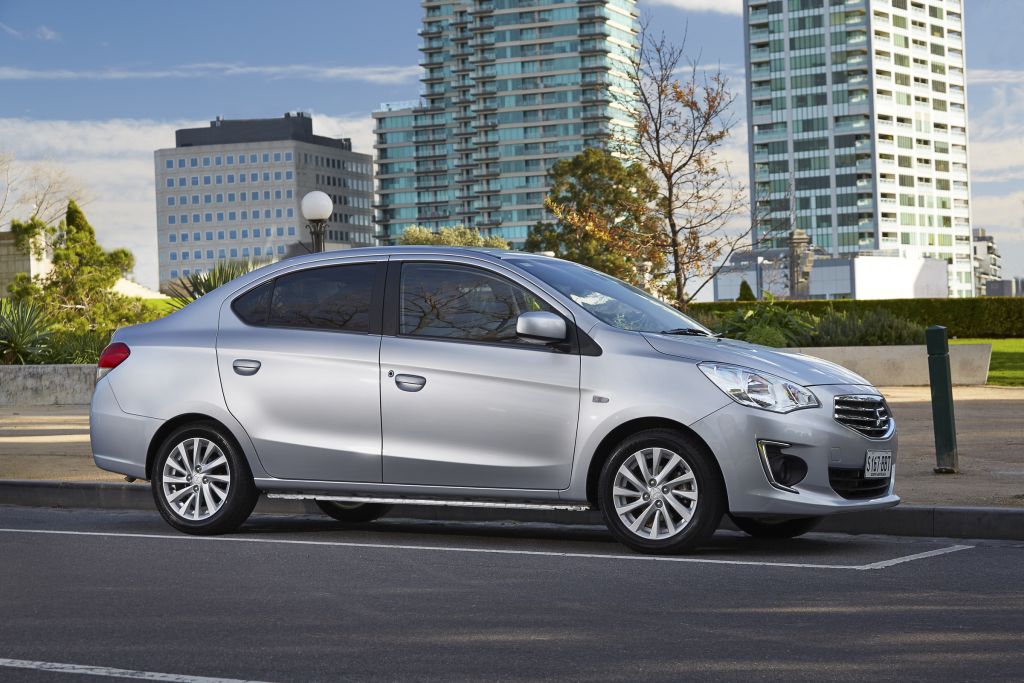
13. After Sales Experience
Many car dealers still rely on outdated techniques to finalize a deal, often viewing friendliness and free delivery as the pinnacle of after-sales service. However, in today’s market, this traditional approach falls short of customer expectations. Dealerships must break away from these old trends and embrace more dynamic and engaging after-sales strategies to cultivate lasting customer relationships.
Effective techniques such as proactive contact and offering personalized deals can work wonders in enhancing the after-sales experience. Implementing tools for online appointments and sending timely text and email reminders are crucial steps to improve service engagement. These digital touchpoints ensure that customers feel valued and supported long after the initial purchase.
Crucially, the transaction does not end once the deal is closed. Unfortunately, a significant number of auto-dealers fail to build meaningful relationships with customers after the sale. The lack of ongoing engagement and support post-purchase often leads to business failure, as it neglects a vital component of customer retention and loyalty.
A satisfying after-sales experience is instrumental in building customer loyalty and generating valuable referrals. When customers feel neglected or encounter issues without adequate support, it can create feelings of dejection and even fraud. This negative perception severely damages the customer’s trust and makes them unlikely to return for future business or recommend the dealership to others.
Such shoddy after-sales services can significantly tarnish a car salesman’s reputation and erode customer loyalty, leading to a direct loss of future revenue. Therefore, auto dealers should prioritize customer-centric processes, ensuring that income, commissions, and incentives are seen as rewards for achieving customer satisfaction, rather than the primary goal themselves. Focusing on genuine customer care after the sale is not just a best practice; it is a fundamental requirement for sustainable success in the competitive used car market.
Read more about: Buyer’s Remorse in Every Sip: 15 Craft Beer Tasting Pitfalls Connoisseurs Wish They Could Undo
The journey through the 13 most common reasons why used car dealerships go out of business paints a clear picture: success in this dynamic industry is far from accidental. It is the deliberate outcome of addressing internal inefficiencies, adapting to external market pressures, and consistently prioritizing the customer experience from initial contact through every post-sale interaction. Dealerships that proactively tackle issues ranging from location and operational efficiency to leveraging technology and cultivating robust after-sales relationships are the ones poised to not just survive, but to truly thrive in an ever-evolving landscape. By embracing transparency, adopting modern practices, and committing to unwavering customer satisfaction, dealerships can navigate these common pitfalls and build a foundation for enduring profitability and trust.


